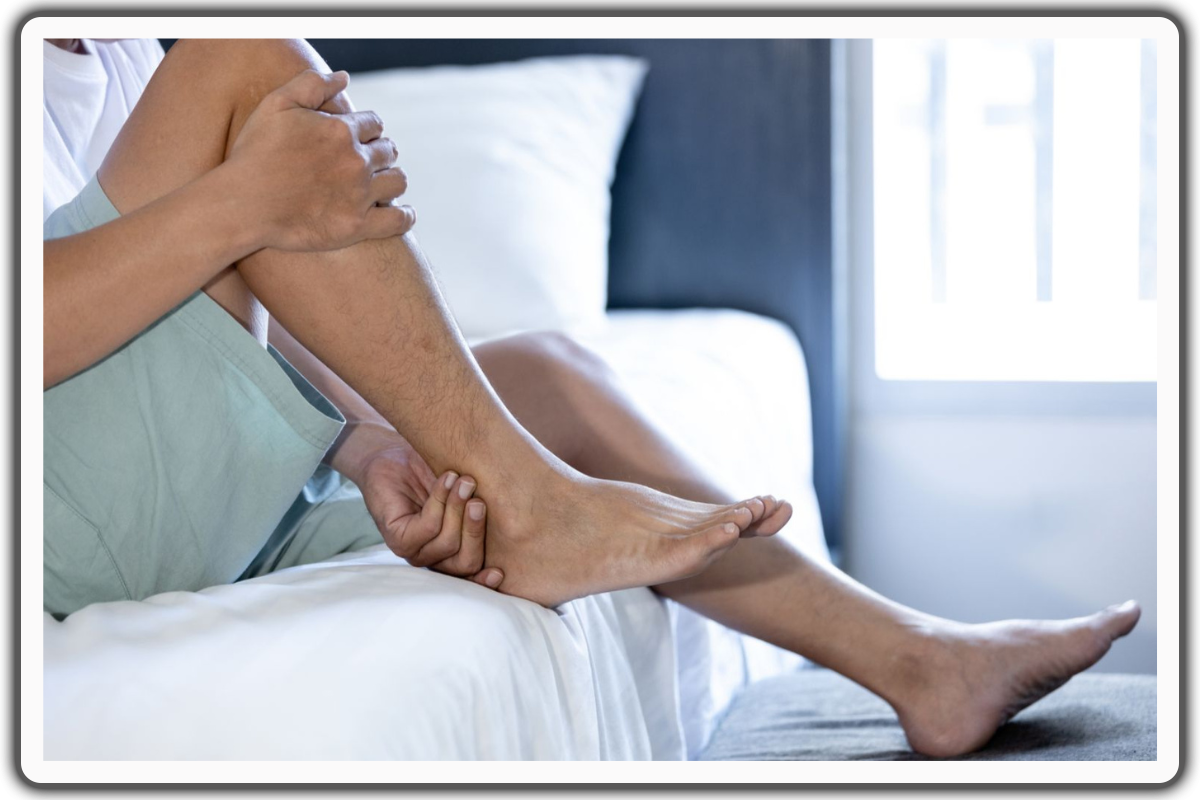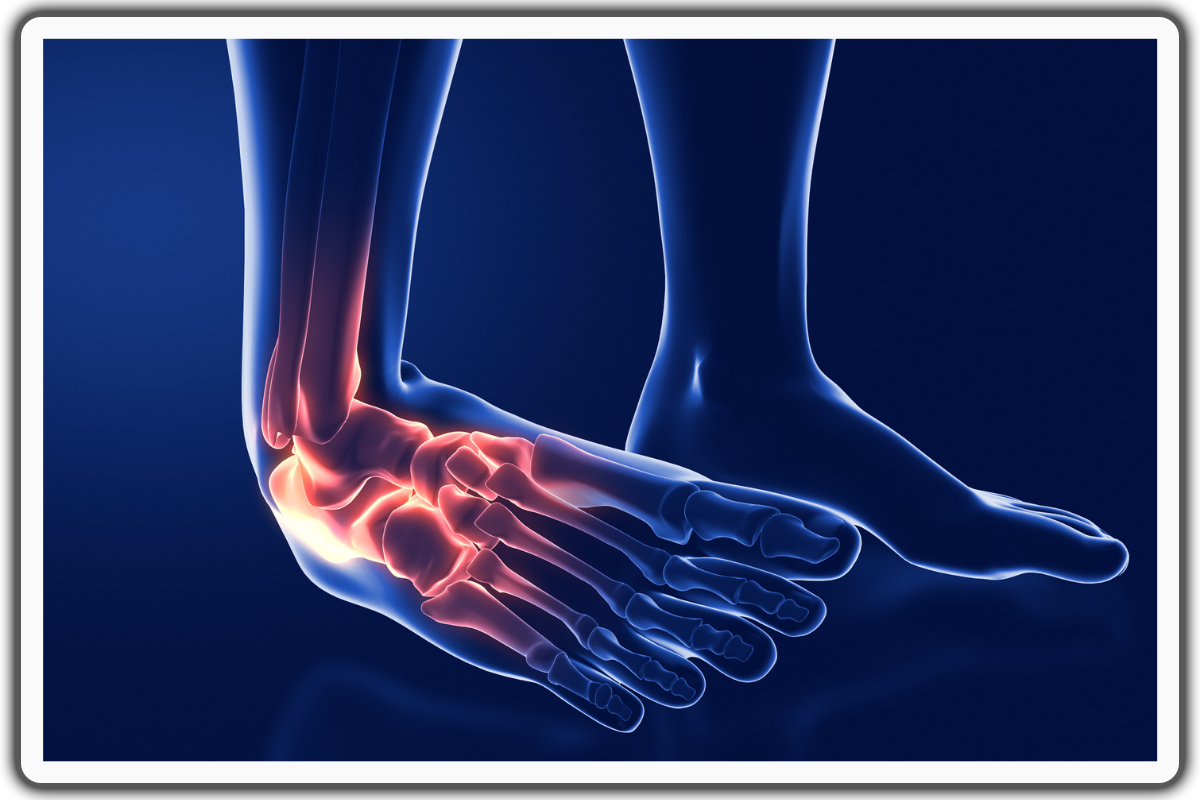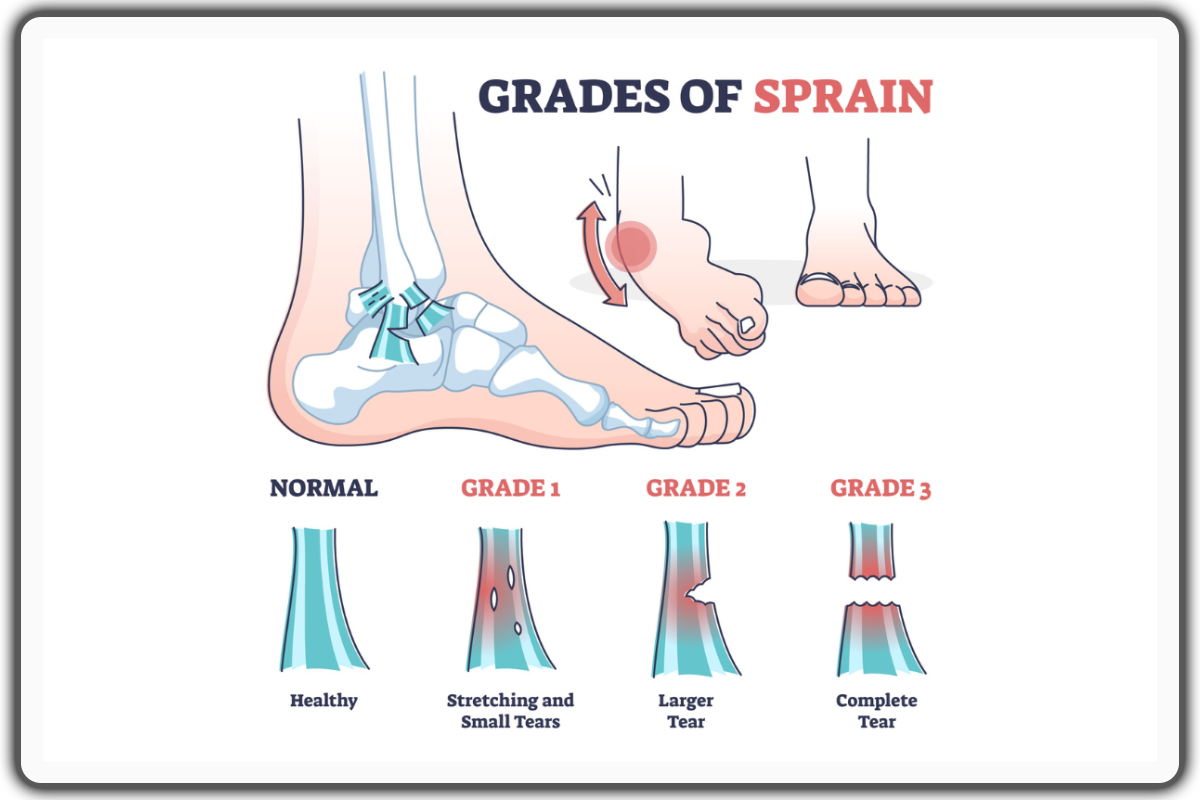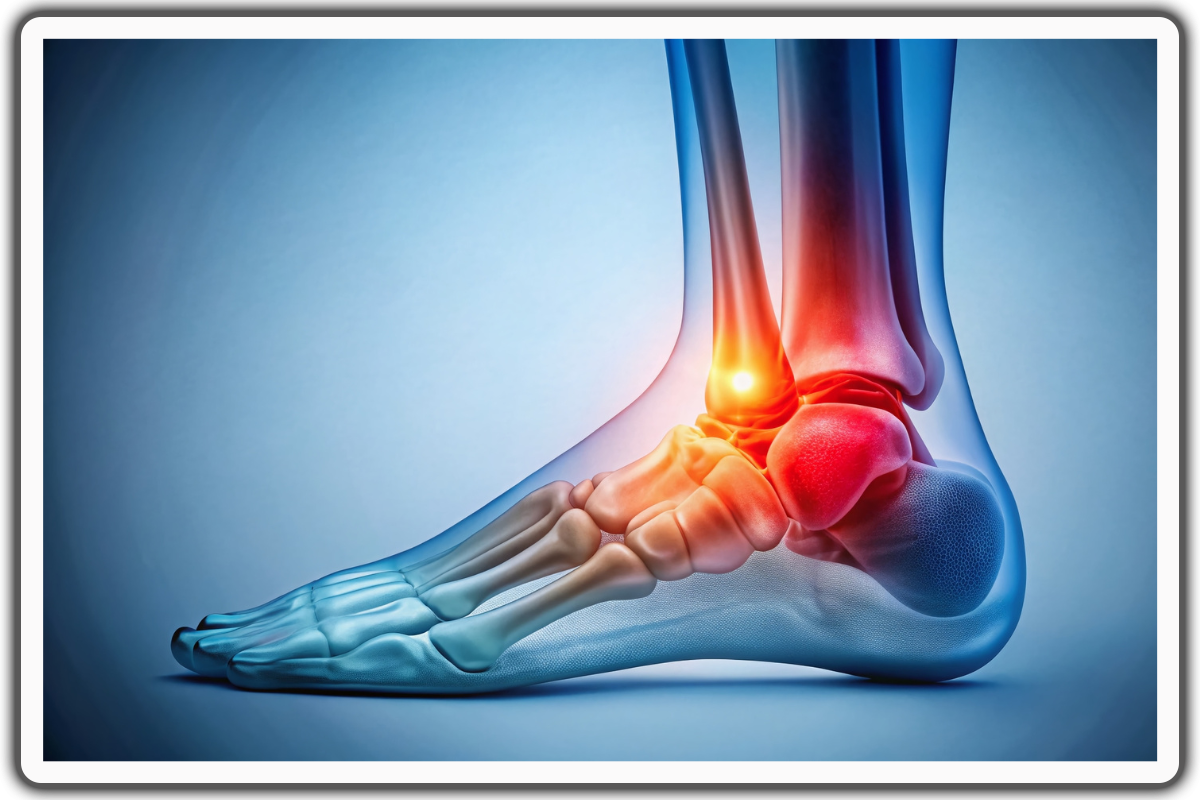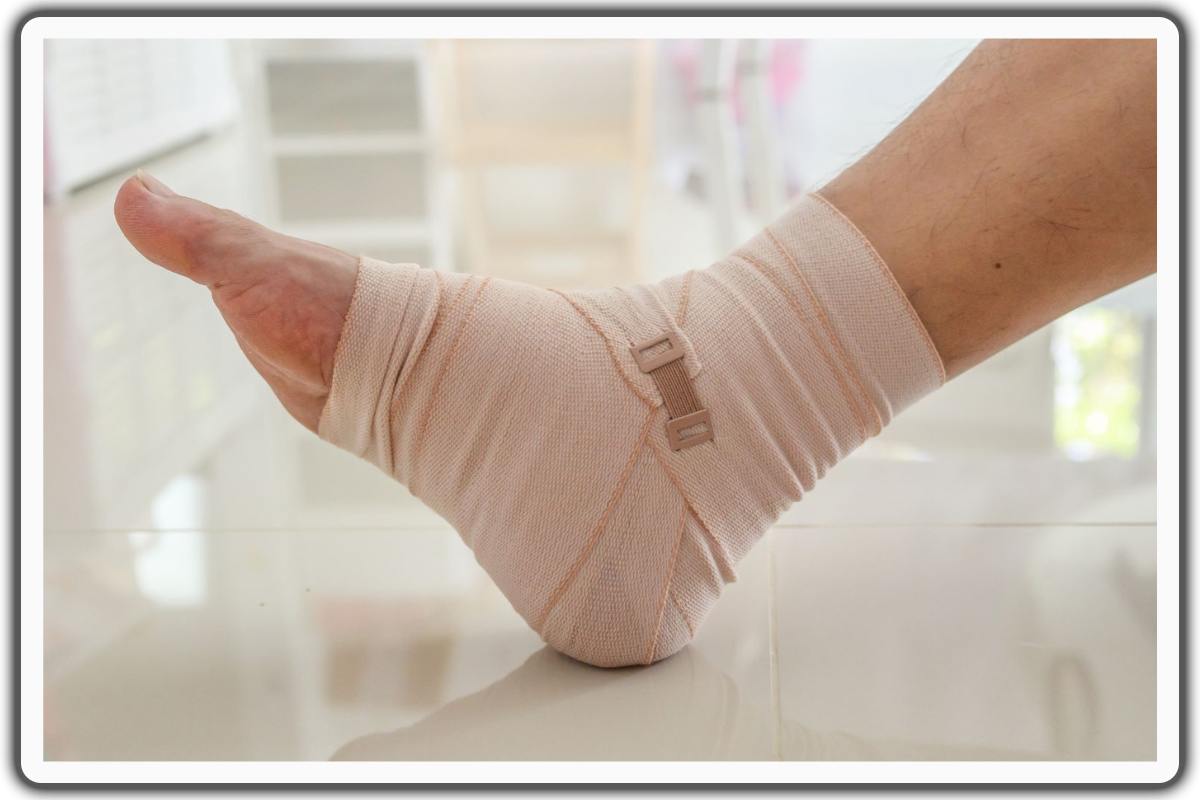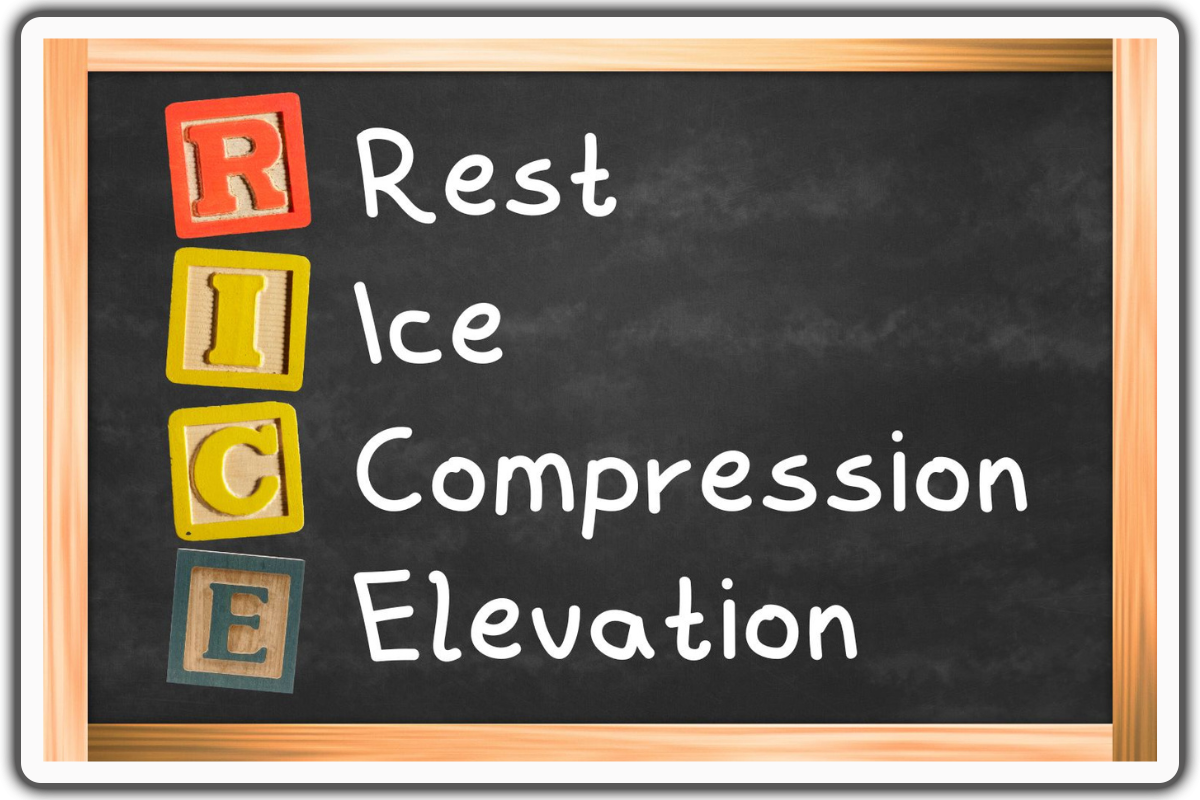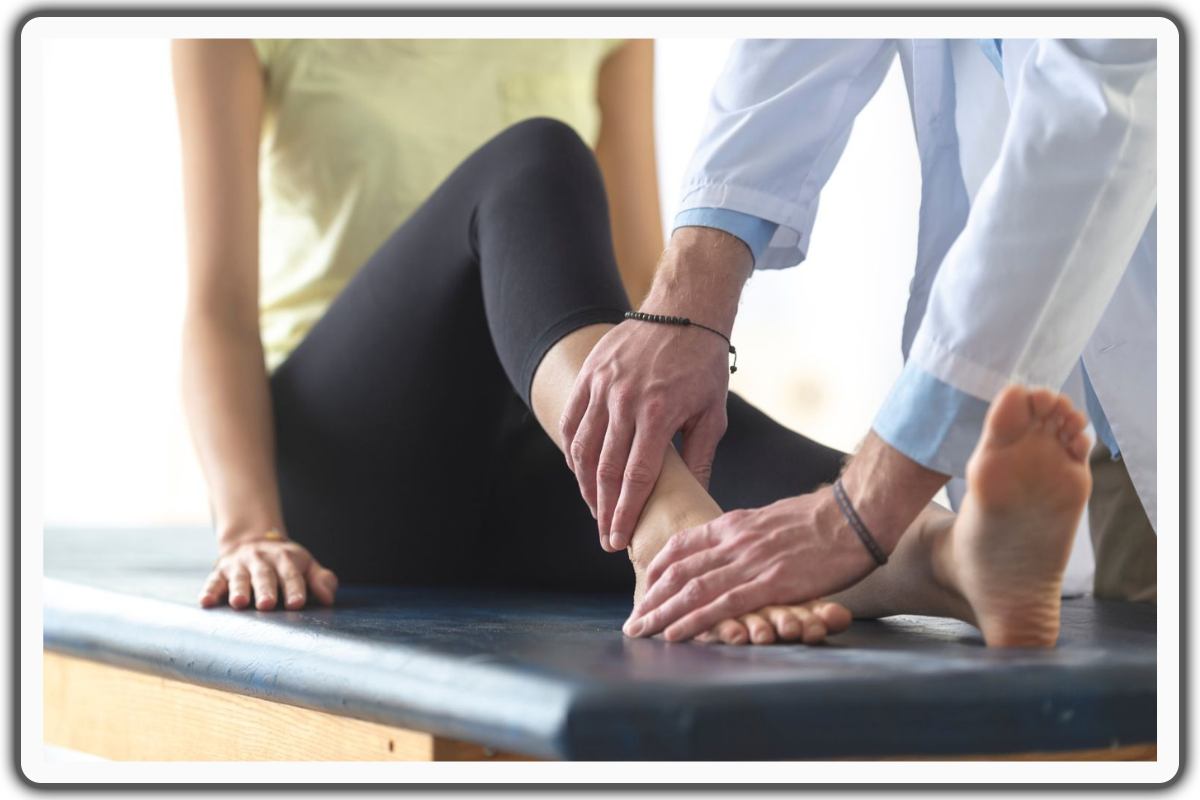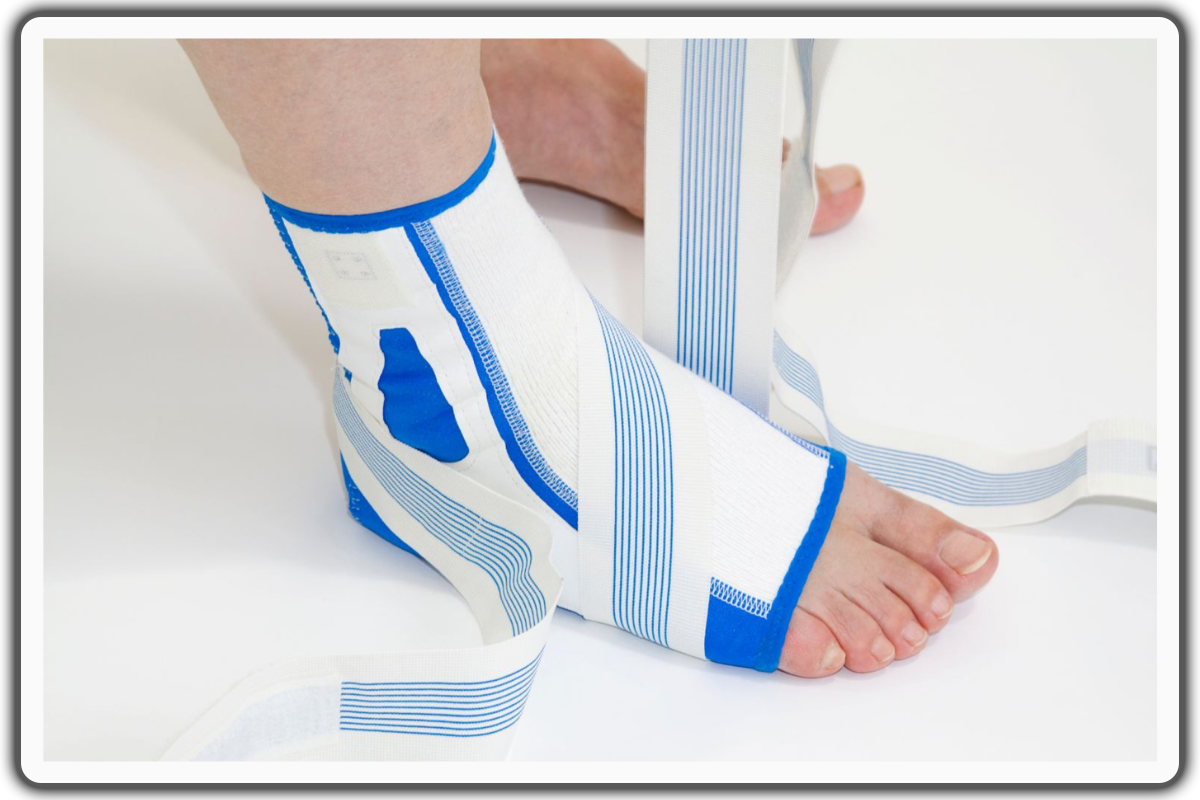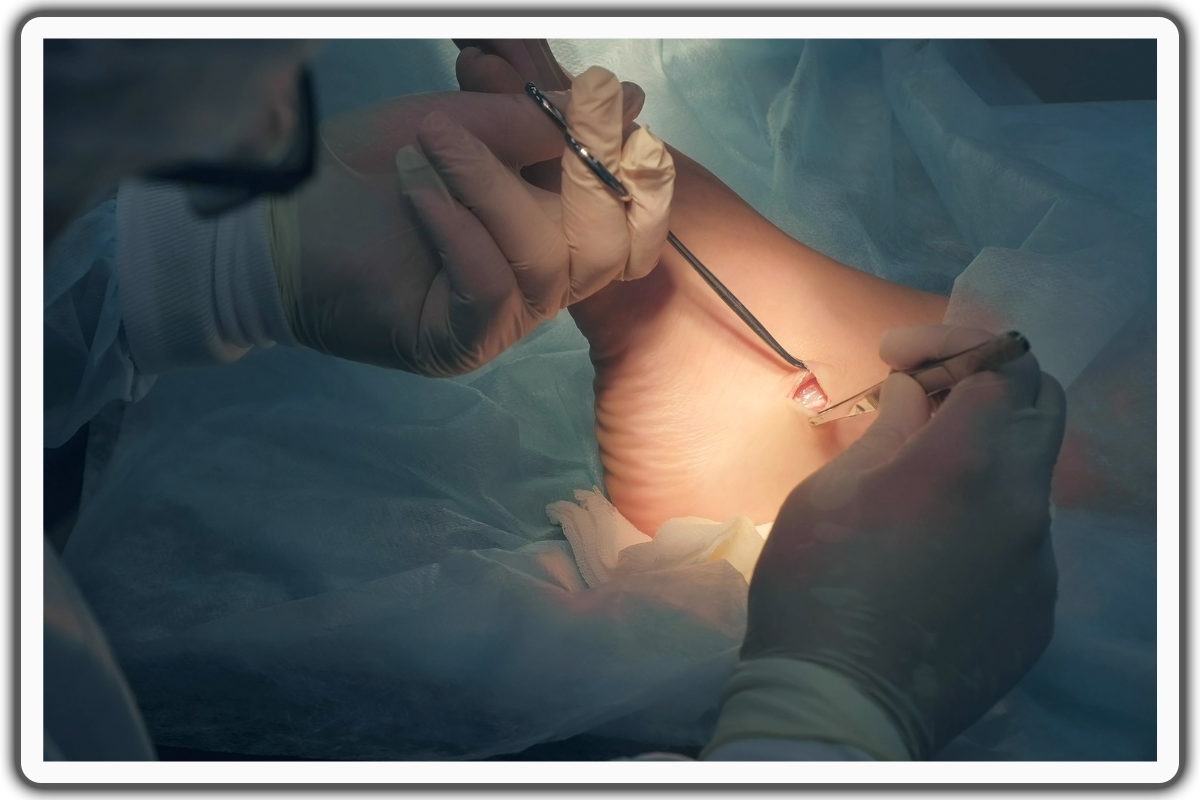Medial Ankle Ligaments: Why They Matter and How to Keep Them Healthy
We often take our ankles for granted—until something goes wrong. Whether it’s a misstep on the stairs or a sudden twist during a game, ankle injuries can bring life to a halt.
While lateral ligament injuries are more common, the medial ankle ligaments play a vital role in keeping us balanced and stable.
In this article, we will explore the anatomy of the ankle, common injuries, their diagnosis, treatment options, and strategies to prevent problems and maintain ankle health.
Anatomy of Medial Ankle Ligaments
The medial ankle ligaments are a group of tough, fibrous connective tissues located on the inside (medial side) of the ankle.
Their primary role is to connect the bones of the lower leg—namely the tibia—to the bones in the foot, such as the talus and calcaneus.
This ligament complex plays a critical role in stabilizing the ankle joint, particularly by preventing excessive inward rolling (over-eversion) of the foot.
Unlike the more commonly injured lateral ankle ligaments, the medial ligaments are less frequently strained but can still sustain significant injuries due to trauma or overuse.
The medial ligaments on the ankle are a critical structure that stabilizes the ankle and protects it from excessive inward rolling (over-eversion) (Pantalone, et. al. 2024).
"The most frequent type of ankle sprain is an inversion injury, also known as a lateral ankle sprain. This occurs when the foot rolls inward, placing stress on the outer ankle and causing damage to ligaments such as the anterior talofibular ligament, the calcaneofibular ligament, and the posterior talofibular ligament."- Robert H. Shmerling, MD, Faculty in medicine at Harvard Medical School
How Do Medial Ankle Ligaments Support Movement?
From a functional perspective, the ligaments of the ankle are indispensable for maintaining proper alignment and balance during weight-bearing activities like walking, running, and jumping.
They contribute to the overall mobility of the ankle by supporting the joint's range of motion while also providing stability during dynamic movements.
However, like any structure in the body, these ligaments of the ankle are not immune to problems.
Such injuries to the ligament can lead to pain, swelling, and even chronic instability if left untreated, significantly impacting one’s ability to move comfortably and maintain an active lifestyle.
Key Components
Deltoid Ligament
The Deltoid Ligament is the largest and most important ligament on the medial side of the ankle.
It is composed of two layers, the first being the superficial layer, which connects the medial malleolus to bones like the calcaneus and navicular to provide overall ankle stability (Moonot, et. al. 2023).
The other one is the deep layer, which is thinner but stronger, playing a crucial role in stabilizing the talus and preventing excessive inward motion (over-eversion).
Together, these layers ensure the integrity of the ankle during weight-bearing and dynamic activities.
Spring Ligament
The Spring Ligament, also known as the plantar calcaneonavicular ligament, is located beneath the deltoid ligament and plays a key role in maintaining the foot arch.
By supporting the medial longitudinal arch, it contributes to overall foot and ankle stability, ensuring proper load distribution and preventing overpronation during movement.
Tibialis Posterior Tendon:
The Tibialis Posterior Tendon runs close to the medial collateral ligaments and works synergistically with them to stabilize the ankle.
It helps maintain proper alignment of the foot, especially during activities that involve walking or running and prevents excessive strain on the medial structures of the ankle.
These elements together form a strong support system that protects the medial ankle and enables efficient movement. medial malleolus
Common Injuries to Medial Ankle Ligaments
Injuries to the ligaments can vary in type and severity, ranging from acute trauma to chronic overuse conditions.
Below, each type of injury, its symptoms, and common causes are explained in detail.
Types of Injuries
1. Sprains
Ankle sprain occurs when the ligaments of the ankle are overstretched or partially torn due to a sudden twisting motion or impact. The severity of a sprain is categorized into three grades:
- Grade I (Mild): The ligament is stretched but intact, leading to mild pain, slight swelling, and minimal impact on function.
- Grade II (Moderate): Partial tearing of the ligament, resulting in noticeable swelling, pain, and reduced ankle stability. Walking may be difficult.
- Grade III (Severe): A complete tear of the ligament, causing significant pain, swelling, bruising, and a loss of ankle stability. Weight-bearing is often impossible without assistance.
2. Tears
A tear is a more severe injury where the ligament fibers are partially or completely ruptured. Similar to sprains, there are different types of tears; here are the following:
- Partial tears: When these happen it means some of the fibers are damaged, leading to localized pain, instability, and moderate swelling.
- Complete tears: When these occur, it means that the ligament is fully ruptured, causing severe pain, inability to stabilize the joint, and significant impairment that requires surgery.
3. Tendinitis
Repeated stress or overuse of the ligaments of the ankle can lead to tendinitis, an inflammation of the nearby tendons, or chronic weakening of the ligaments.
Overuse injuries are common in athletes or individuals with flat feet.
If untreated, they can lead to further complications, such as ligament degeneration or chronic instability.
Symptoms to Watch For
- Pain on The Inside of The Ankle: It’s often the first and most prominent symptom of medial ligament injuries. It can range from mild discomfort to sharp, severe pain, depending on the injury's severity.
- Swelling: Inflammation typically occurs around the injured area, sometimes accompanied by bruising. Swelling can limit the range of motion in the ankle.
- Instability: A feeling of the ankle "giving way" or being unable to support weight properly is common with moderate to severe ligament damage.
- Difficulty Bearing Weight: Walking or standing can become painful or impossible, particularly with Grade II or III sprains or complete tears.
Causes of Injury
1. Trauma (Sudden Twists or Impacts)
Traumatic injuries often occur during sports or activities involving rapid direction changes, jumping, or uneven surfaces.
Examples include landing awkwardly from a jump, twisting the ankle while running, or direct impacts, such as during a fall or collision.
These incidents can stretch or tear the anterior or posterior talofibular ligament suddenly, resulting in acute injury.
2. Overuse (Repetitive Stress)
Overuse injuries develop gradually due to repetitive stress placed on the ankle and its corresponding ligaments.
Activities like running, jumping, or standing for prolonged periods can create small, cumulative strains that weaken the ligaments over time.
Athletes in sports such as basketball, soccer, or long-distance running are particularly vulnerable to overuse injuries.
Factors like flat feet or improper footwear can increase the strain on the lateral ligaments, worsening the wear and tear.
Unlike traumatic injuries, overuse injuries tend to present as chronic discomfort or stiffness, which may progress if not addressed promptly.
Treatment Options for Medial Ankle Ligament Injuries
1. RICE Method (Rest, Ice, Compression, Elevation)
The RICE method is the initial treatment for most medial ankle ligament injuries, especially sprains.
Resting the affected ankle minimizes further strain, while icing helps reduce pain and swelling.
Compression bandages or wraps provide support and limit additional swelling, while elevating the ankle above the heart level encourages fluid drainage and reduces inflammation.
This approach is most effective in the first 48–72 hours following an injury.
2. Physical Therapy Exercises
Once the acute pain and swelling have subsided, physical therapy is essential to restore strength, flexibility, and range of motion in the ankle.
Exercises often begin with gentle stretches and progress to strengthening routines, focusing on the muscles around the ankle to improve stability.
Balance and proprioception exercises, such as standing on one leg or using a wobble board, are commonly incorporated to prevent future injuries.
3. Braces
Braces or orthotics may be used to stabilize the ankle during the healing process and reduce the risk of re-injury.
For mild to moderate injuries, ankle braces can restrict excessive motion while allowing functional mobility.
Orthotics, particularly custom insoles, are beneficial for individuals with flat feet or biomechanical issues, as they help redistribute pressure and reduce stress on the medial ligaments.
4. Surgical Intervention
Surgery is typically reserved for severe injuries, such as complete tears, chronic instability, or cases involving additional complications like fractures.
Patients with persistent pain or functional limitations despite rehabilitation may also require surgical evaluation.
Surgical procedures for medial ankle ligament injuries involve either repairing the damaged ligament or reconstructing it using grafts from tendons or synthetic materials.
Frequently Asked Questions (FAQ)
1. What are the medial ankle ligaments, and why are they important?
The ligaments in the ankle are a group of strong, fibrous tissues located on the inside of the ankle.
Their primary role is to stabilize the ankle joint by connecting the tibia (shinbone) to the talus and other foot bones.
These ligaments prevent over-eversion (inward rolling) of the ankle and are essential for maintaining balance and supporting weight-bearing activities like walking, running, and jumping.
2. How do I know if I’ve injured my medial ankle ligaments?
Common symptoms include pain on the inside of the ankle, swelling, bruising, and difficulty bearing weight.
You may also feel instability, as if your ankle is "giving way."
If these symptoms follow a traumatic event, such as a fall or twisting motion, or develop gradually with overuse, it’s advisable to see a doctor for evaluation.
3. What’s the difference between a sprain and a tear?
A sprain occurs when the ligaments are overstretched but may remain intact, while a tear involves damage to the ligament fibers.
A partial tear affects only some fibers, whereas a complete tear ruptures the ligament entirely.
Sprains are usually less severe, while tears may require more intensive treatment, including surgery in severe cases.
4. How long does it take to recover from a medial ankle ligament injury?
Recovery time depends on the severity of the injury
For mild sprains (Grade I) it would take 1–2 weeks.
While for moderate sprains (Grade II) it takes 4–6 weeks with rehabilitation.
Lastly, for severe injuries (Grade III or complete tears): several months, especially if surgery is required.
Physical therapy plays a critical role in regaining full strength and mobility.
5. When is surgery necessary for medial ankle ligament injuries?
Surgery is typically required for complete ligament tears, chronic instability, or cases where conservative treatment has failed.
It may also be necessary when there is associated damage, such as fractures or cartilage injuries.
6. Can I prevent medial ankle ligament injuries?
Yes, prevention involves strengthening the muscles around the ankle, improving balance, and using proper footwear that supports the arch and ankle.
Stretching and warming up before physical activity, as well as avoiding overtraining, can also reduce the risk of injury.
7. Can untreated ligament injuries lead to long-term problems?
Yes, untreated or poorly managed ligament injuries can result in chronic ankle instability, persistent pain, or recurring injuries.
In severe cases, it may lead to arthritis in the ankle joint over time.
Seeking timely medical care and following a rehabilitation program is crucial for preventing long-term complications.
Conclusion
Learning about this topic today is the first step in taking proactive care of your ankles. By understanding how to strengthen and protect your medial ankle ligaments, you’re setting the foundation for improved stability, mobility, and long-term injury prevention.
Incorporating simple habits like balance exercises, muscle strengthening, and wearing proper footwear can go a long way in keeping your ankles strong.
Staying informed and addressing issues early ensures you stay active, healthy, and free from preventable injuries. Your ankles carry you through life—take care of them, and they’ll take care of you!
Expert’s Insight:
Shmerling, R. H. (2024). Recovering from an ankle sprain. Take it easy, but keep moving.
https://www.health.harvard.edu/pain/recovering-from-an-ankle-sprain
References:
Pantalone, A., Palermi, S., Marangon, A., Bondi, M., Mercurio, D., Guelfi, M. (2024). Management Strategies for Ankle Sprains: A Narrative Review. Foot and Ankle Group of Siagascot.
https://www.jointsjournal.org/wp-content/uploads/sites/9/2024/09/JOINTS-35853.pdf
Moonot, P., Dakhode, S. Karwande, N., Pawar, P. (2023). Combined Deltoid and Spring Ligament Reconstruction Using the Quadrangular Construct: Our Experience and Review of the Literature.
https://pmc.ncbi.nlm.nih.gov/articles/PMC10782073/

